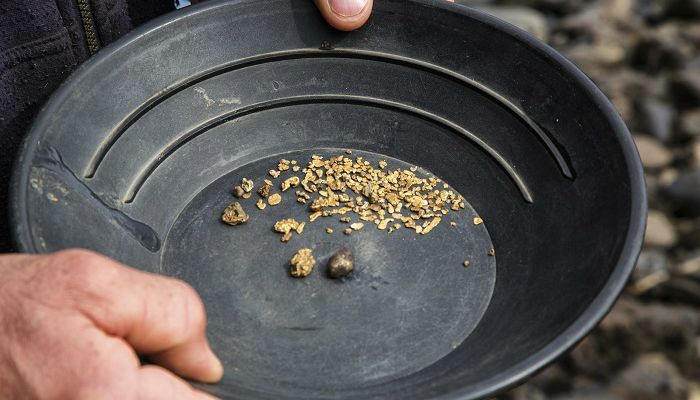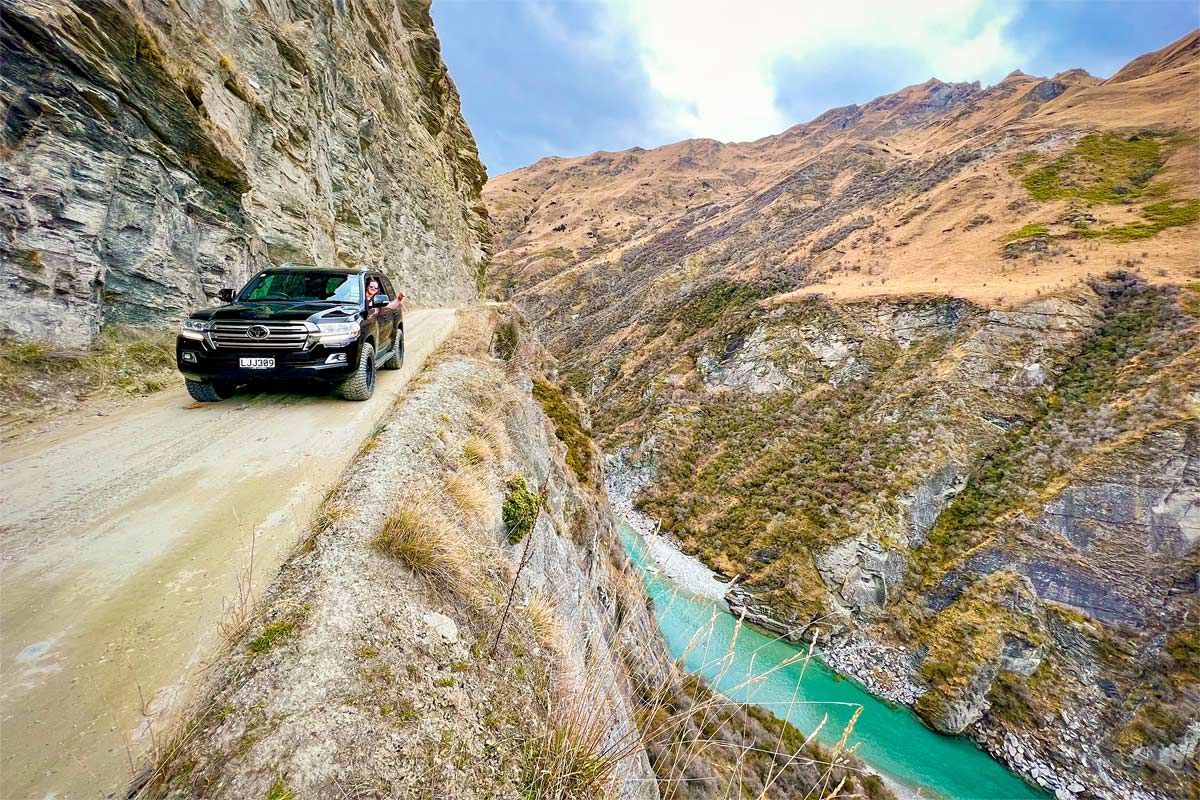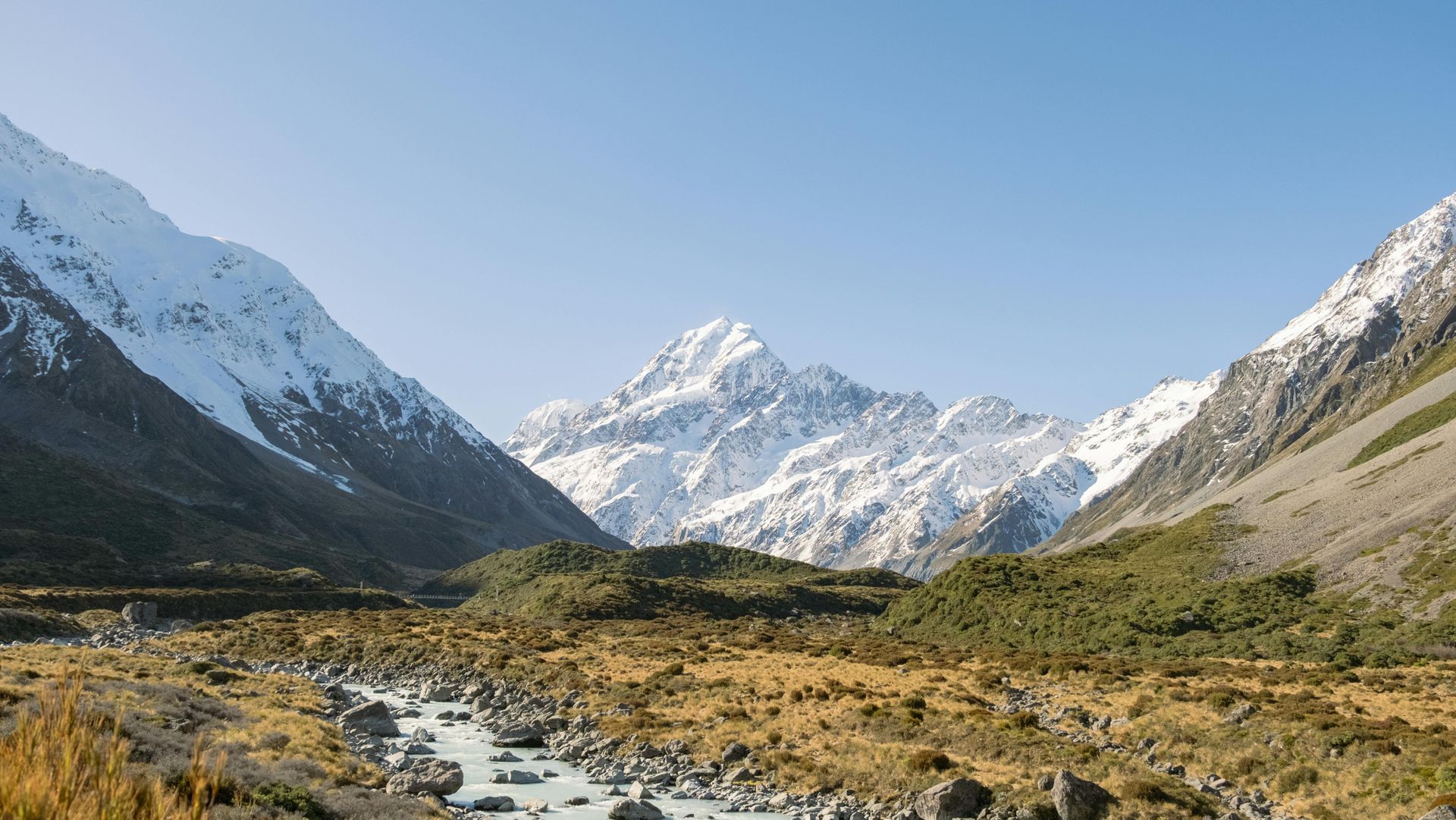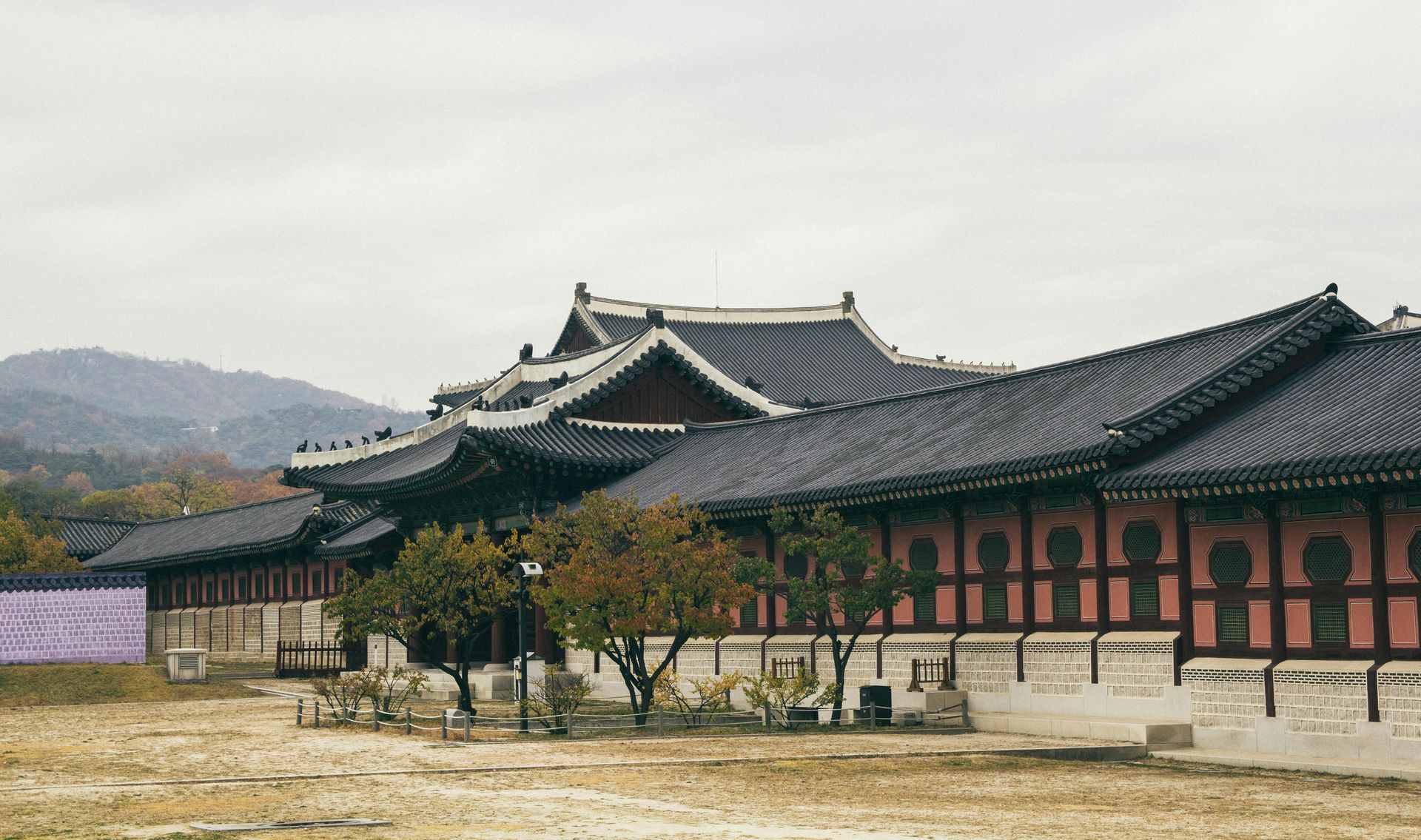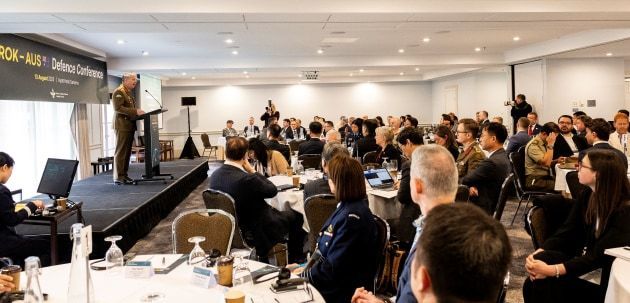Do you know about Beehive in New Zealand?
Buzzing with Politics: Your Guide to Wellington's Beehive (March 2025 Update)
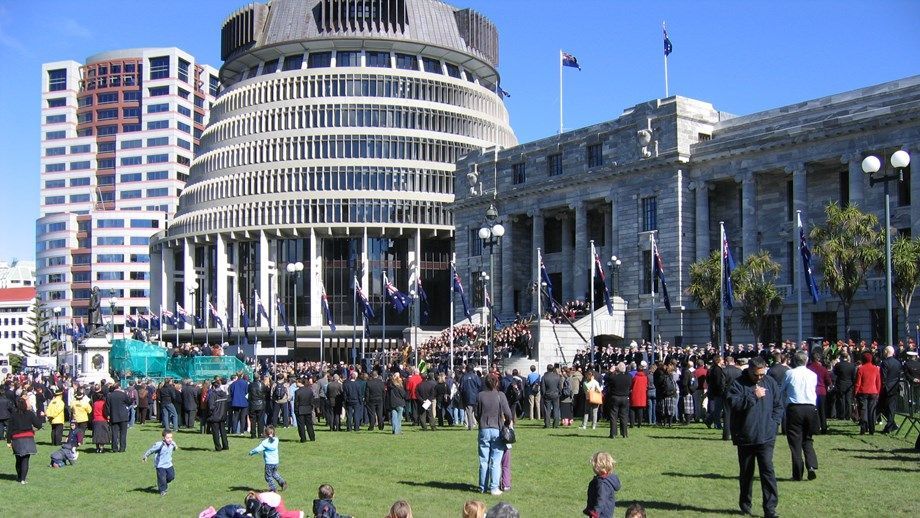
Wellington's skyline wouldn't be complete without it. Instantly recognizable and uniquely shaped, the Beehive is more than just an architectural landmark – it's the powerhouse of New Zealand's executive government. Whether you're looking up at it from Lambton Quay or curious about what goes on inside, let's delve into the story and function of this iconic building.
1. When was it built?
While the idea was conceived earlier, construction on the Beehive began in 1969 and was completed in stages over the next decade, finishing in 1979. It was officially opened by Queen Elizabeth II in 1977 before it was fully completed internally. It stands alongside the older, more traditional Parliament House, creating a distinct architectural contrast.
2. Why is it named the Beehive?
The name comes directly from its distinctive shape! The design was created by British architect Sir Basil Spence. Legend has it that he first sketched the concept for the round, tiered building on the back of a napkin or placemat during a dinner. The stacked design resembled a traditional woven beehive, known as a "skep," and the name stuck.
3. What is the New Zealand government system like?
New Zealand operates as a constitutional monarchy and a parliamentary democracy.
- Constitutional Monarchy: King Charles III is the official Head of State, represented in New Zealand by the Governor-General (currently Dame Cindy Kiro). The Governor-General performs constitutional and ceremonial duties.
- Parliamentary Democracy: Political power rests with the democratically elected Parliament. New Zealand has a single chamber, the House of Representatives.
- MMP Electoral System: Since 1996, New Zealand has used the Mixed Member Proportional (MMP) system. This system makes it easier for smaller parties to gain representation in Parliament compared to First Past the Post systems. It often results in coalition governments or governments formed with support agreements between parties, as rarely does one party win an outright majority of seats.
- Executive Branch: The Prime Minister and Cabinet (Ministers) form the executive branch, responsible for governing the country. They hold power as long as they command the confidence (majority support) of the House of Representatives. The Beehive primarily houses these Ministers and their offices.
4. Who is the Prime Minister in New Zealand?
As of March 29, 2025, the Prime Minister of New Zealand is Christopher Luxon, leader of the National Party. He assumed office following the general election in October 2023, leading a coalition government.
5. How many years of in-charge as Prime Minister?
There are no fixed term limits specifying how many terms or years a person can serve as Prime Minister in New Zealand. A Prime Minister remains in charge as long as they:
- Maintain the confidence of the House of Representatives (meaning their party or coalition holds a majority).
- Remain the leader of their party (or the major party in a coalition).
- Their party or coalition wins subsequent general elections, which must be held at least every three years.
So, while elections occur roughly every three years, a successful Prime Minister could potentially serve multiple terms.
6. How many parties are in New Zealand?
New Zealand has a multi-party system, encouraged by the MMP electoral system. While many political parties are registered, the number represented in Parliament varies after each election.
Following the October 2023 election, there are currently six political parties represented in the New Zealand Parliament:
- National Party
- Labour Party
- Green Party
- ACT New Zealand
- New Zealand First (NZ First)
- Te Pāti Māori
7. Is there any tour inside of the Beehive? If then, how to join the tour?
Yes, absolutely! Free public tours of the New Zealand Parliament Buildings are offered regularly, and these typically include visiting parts of the Beehive (like the Banquet Hall), as well as the historic Parliament House and the Parliamentary Library.
- Tour Details: Tours run most days (check for exclusions like public holidays) and usually last about one hour. They provide insights into parliamentary processes, history, and the art and architecture of the buildings.
- How to Join:Visit the official New Zealand Parliament website (parliament.nz). Look for the "Visit Parliament" or "Tours" section.
- This website provides the most up-to-date tour times, information on what you'll see, accessibility details, and security requirements.
- Booking is often recommended, especially during peak season or for larger groups, although walk-ins may be possible if space permits. You can usually book directly through the Parliament website or by contacting their visitor services.






